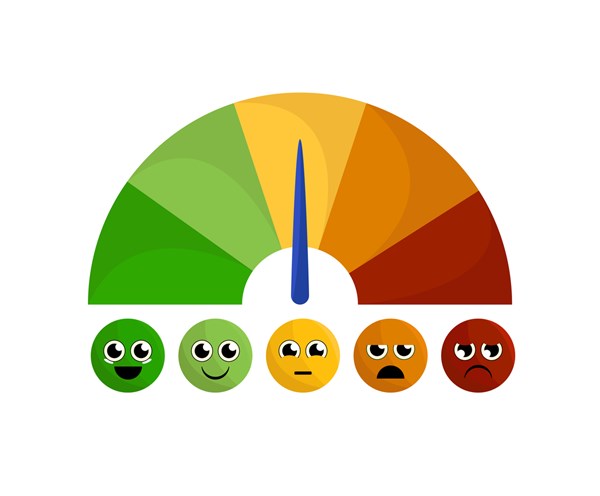Parenteral opioid administration to opioid-naive ED patients does not lead to persistent use.
Death from opioid overdoses in the United States has been trending upwards, and there has been a significant rise since the COVID-19 pandemic: 81,083 lives were lost to opioid overdose in 2023, nearly double from the number of deaths in 2015.
The White House officially declared the opioid epidemic a public health emergency in 2017. Given that part of this national crisis is attributed to prior prescribing practices, unethical marketing, and widespread availability, physicians have become increasingly more conscious of prescribing opioids.
Emergency physicians are at the forefront of the opioid epidemic. Opioid overdoses are responsible for the second most overdose related ED visits. Given that there is concern for persistent use of opioids outside of the emergency department (ED), deciding whether to use opioids or non-opioid medications for analgesia is an important decision emergency medicine clinicians must make.
In 2024, researchers conducted a prospective observational cohort study at two EDs in the Bronx, New York. More than 500 adult, opioid-naive patients who received IV opioids were enrolled during their ED visit. They were followed up via telephone 6 months later and monitored via the state's prescription monitoring program database. Morphine was the most prescribed opioid in the ED (94%). At discharge, 12% of participants received an opioid prescription. At the 6-month follow up period, only one patient (<1%) met the study criteria for persistent opioid use (defined as having filled 6 or more prescriptions of opioids during the follow-up period). During the 6 months following ED discharge, the vast majority (76%) of participants filled 0 opioid prescriptions. For those who did fill an opioid prescription, the majority (88%) filled only once or twice.
Given that hardly any patients met criteria for persistent opioid use at the end of the study period, the authors suggest that, for opioid-naive patients, there should be little concern when treating their acute pain with opioid analgesia.
Though this study's outcome variable is persistent opioid use, it recognizes that it cannot effectively evaluate opioid use disorder (OUD). There is a possibility that some participants may develop OUD after the follow-up period. Additionally, opioid naive patients were intentionally selected, which is a lower-risk population for persistent opioid use.
ABSTRACT
Irizarry E, Cho R, Williams A, et al. Frequency of Persistent Opioid Use 6 Months After Exposure to IV Opioids in the Emergency Department: A Prospective Cohort Study. J Emerg Med. 2024;67(2):e119-e127.
Background: As rates of opioid use disorder in the general population have increased, some have questioned whether IV opioids should be used routinely for treatment of acute severe pain in the emergency department (ED).
Objectives: We determined the incidence of persistent opioid use among opioid-naïve patients exposed to IV opioids in the ED.
Methods: This was a prospective observational cohort study conducted in two EDs in the Bronx, NY. Opioid-naïve adults with severe pain who received IV opioids in the ED were followed-up 6 months later by telephone interview and review of the state opioid prescription database. We defined persistent opioid use as filling 6 or more prescriptions for opioids in the 6 months following the ED visit or an average of one prescription per month.
Results
We screened 1,555 patients. Of these, 506 patients met entry criteria and provided analyzable data. Morphine was the IV opioid most frequently administered in the ED (478, 94%), followed by hydromorphone (20, 4%). Of the 506, 8 (2%) received both IV morphine and hydromorphone and 63 (12%) participants were prescribed an opioid for use after the ED visit. One patient/506 (0%) met our apriori criteria for persistent opioid use within 6 months.
Conclusion
Among 506 opioid naïve ED patients administered IV opioids for acute severe pain, only 1 used opioids persistently during the subsequent 6 months.
EMRA + PolicyRx Health Policy Journal Club: A collaboration between Policy Prescriptions and EMRA
 As emergency physicians, we care for all members of society, and as such have a unique vantage point on the state of health care. What we find frustrating in our EDs - such as inadequate social services, the dearth of primary care physicians, and the lack of mental health services - are universal problems. As EM residents and fellows, we learn the management of myocardial infarctions and traumas, and how to intubate, but we are not taught how health policy affects all aspects of our experience in the ED. Furthermore, given our unique position in the health care system, we have an incredible opportunity to advocate for our patients, for society, and for physicians. Yet, with so many competing interests vying for our conference education time, advocacy is often not included in the curricula. This is the gap this initiative aims to fill. Each month, you will see a review of a new health policy article and how it is applicable to emergency physicians.
As emergency physicians, we care for all members of society, and as such have a unique vantage point on the state of health care. What we find frustrating in our EDs - such as inadequate social services, the dearth of primary care physicians, and the lack of mental health services - are universal problems. As EM residents and fellows, we learn the management of myocardial infarctions and traumas, and how to intubate, but we are not taught how health policy affects all aspects of our experience in the ED. Furthermore, given our unique position in the health care system, we have an incredible opportunity to advocate for our patients, for society, and for physicians. Yet, with so many competing interests vying for our conference education time, advocacy is often not included in the curricula. This is the gap this initiative aims to fill. Each month, you will see a review of a new health policy article and how it is applicable to emergency physicians.



